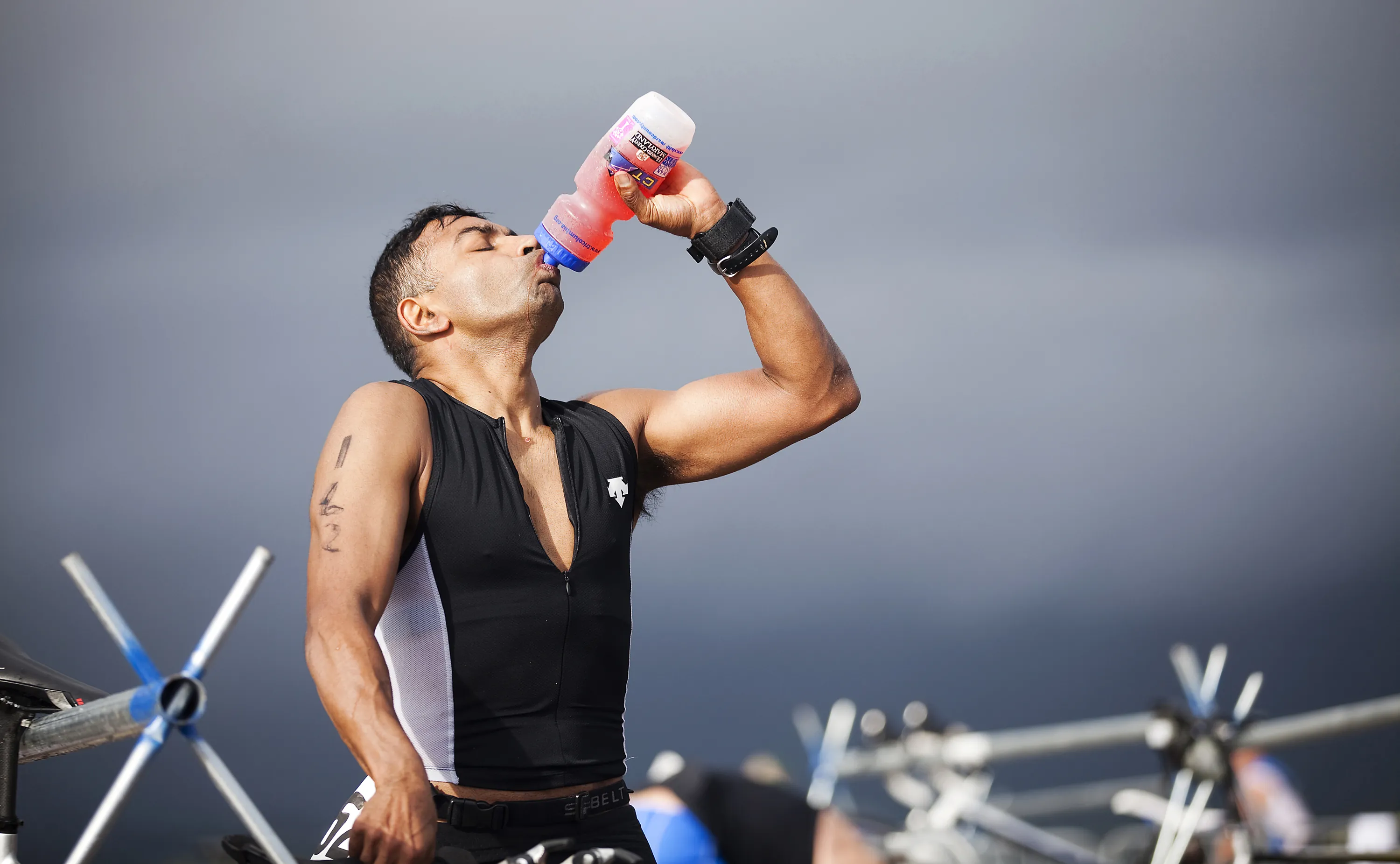Blog
The Benefits of Electrolytes
By Emily Carver, Recent ASU Nutrition Student
It’s summer and that means more and more time spent outside. Warmer weather brings about such happiness as children flood the parks, local swimming pools, and sports arenas. With extra playtime in the sun, children (and adults alike) start to get thirsty and begin looking for something to drink. What’s triggering that thirst?

We all have an internal command center that keeps track of when our bodies are in need of something. When it comes to a dip in fluids, our thirst mechanism kicks in and tells us we’re thirsty. This could be because we might have had too much salt with a meal, ran around long enough to sweat profusely, or been so sick and unable to keep anything down.
When the thirst mechanism signals the thirst alarm, our body goes to work ensuring it stays protected for as long as it can. Signals to our kidneys reduce our urine flow so the water can return into our bloodstream. If whenever you’re thirsty you notice your mouth is dry, this is another indication the body is at work to protect you, as it draws water out of your mouth to your bloodstream, where it’s needed most. All of this is done to stave off dehydration. Our bodies are quite fascinating and with our body weight between 50-70% fluid, it’s clear to see how serious our bodies take a reduction in fluid.
One thing that’s important to maintain and regulate our fluids are electrolytes. They balance it by controlling the movement of fluid in and out of our cells. What are electrolytes exactly? They’re minerals like sodium, potassium, calcium, and magnesium that balance many of our body functions.
Electrolytes are critical in enabling nerves to respond to stimuli. Sodium and potassium play a key role in making sure our nerves fire and respond completely and accurately. Interestingly enough, our muscles can be effected from low levels of electrolytes, and that’s because if our nervous system isn’t working properly, it’ll send the wrong signals to our muscle fibers which can make them contract or twitch. Because of the mixed messages, extra calcium is pumped into the muscles, and it isn’t until after they’ve contracted will the calcium be able to leave, and the muscle finally able to relax.
You can see how important it is to ensure you’re getting adequate amounts of water every day in order to help your body run efficiently and stay in balance. This is especially true when doing intense exercise in heat or high humidity because even if your thirst mechanism kicks in, it’s likely your body is needing more fluid than you think.
It can be difficult though to reach for that glass of water because water can be boring sometimes, even when it truly is the best choice for us. But there are other options in addition to plain old water that will help you stay hydrated.
Food for one. Food can often be overlooked as a source for water. In fact, cucumbers and iceberg lettuce are about 95% water. Pineapple has an 86% water content, and baked sweet potatoes have a 76% water content. Surprisingly, per the US Department of Agriculture, much of our daily water intake comes from the foods we eat.
Beyond foods, other drinks like coffee, tea, and milk can be good sources as well. For those who are active in vigorous sports or perhaps sick unable to keep anything down, those options might not be the most desired choices.
The first drink many might turn to a sports drink to replenish their nutrients, but one thing to know about sports drinks is they were and are designed for high-performance athletes. By high performance, I mean professional athletes that train 6-8 hours a day as their bodies are desperately needing hydration.
For those who do a recreational activity, sports drinks might not be the best choice. Though they contain some needed minerals, they also contain sugars and can be high in calories which can be detrimental to one’s health over time. Especially children’s health. Inappropriate drinking of sports drinks can lead to erosion of their tooth enamel due to the citric acid in the drink.
One alternative to sports drinks is coconut water. 100% pure coconut water is high in vitamins and minerals and can help with rehydration. Another option is fruit. Research is showing bananas can have the same nutrient replenishment as a sports drink.
Of course, a really great option is to make your own homemade sports drink, and it’s easier than you might think. So, next time you or someone you know is in need of extra fluids, give this recipe a chance and see if it isn’t better than anything you can buy on the shelf.
Orange Twist Sports Drink
3-4 cups water
¾ cup freshly squeezed orange juice (about 2-3 oranges)
¼ cup freshly squeezed lemon juice
¼ tsp sea salt or real salt
2 tbsp. raw honey or maple syrup
A few drops of concentrate mineral drops (optional)
Mix all ingredients together and store in the fridge.
This recipe and more delicious homemade sports drink recipes can be found on the Mommypotamus website.
Reference:
Thompson, J., Manore, M.M., Vaughan, L.A. (2014). The Science of Nutrition. Glenview, IL. Pearson Education, Inc.
















